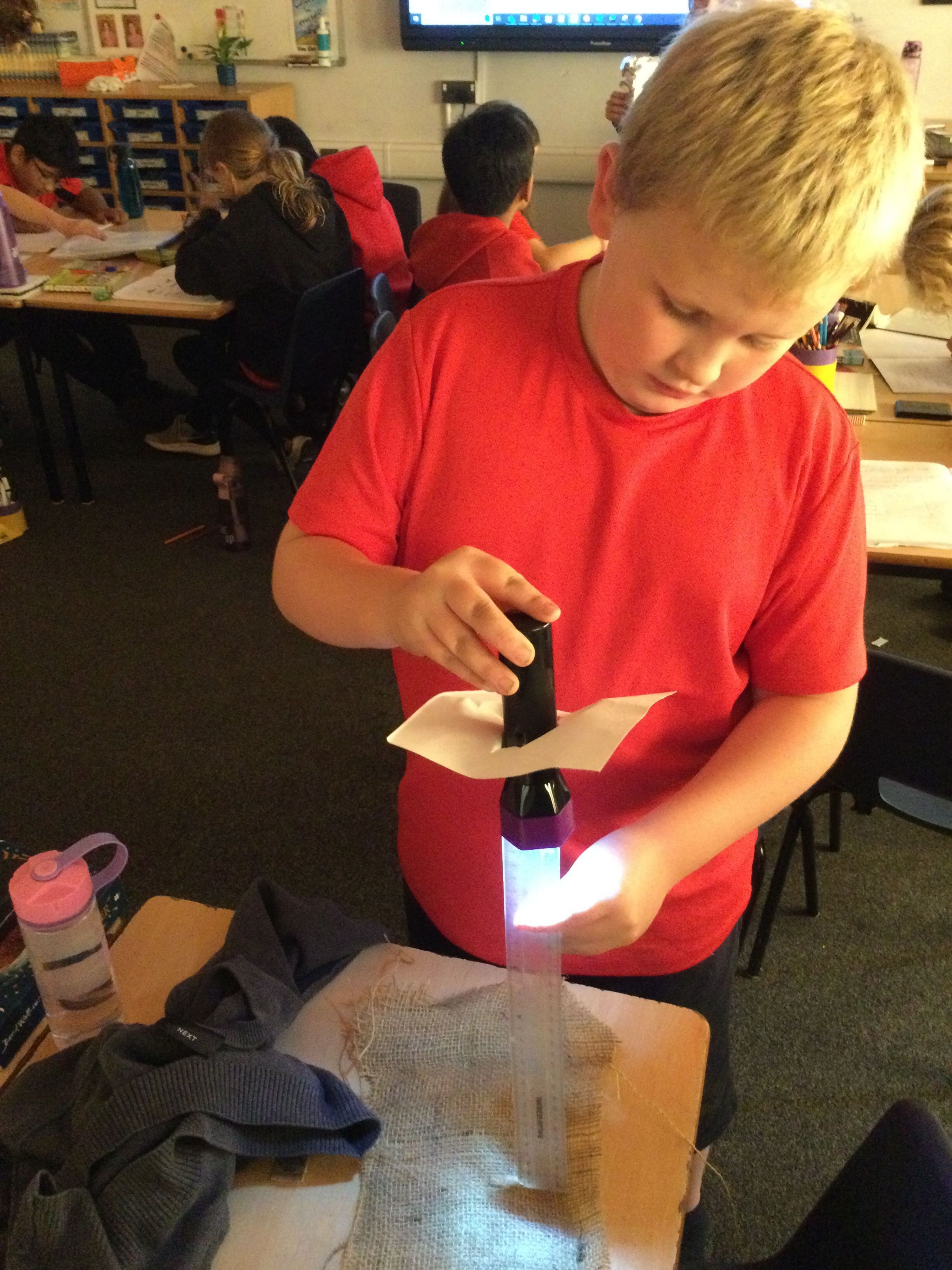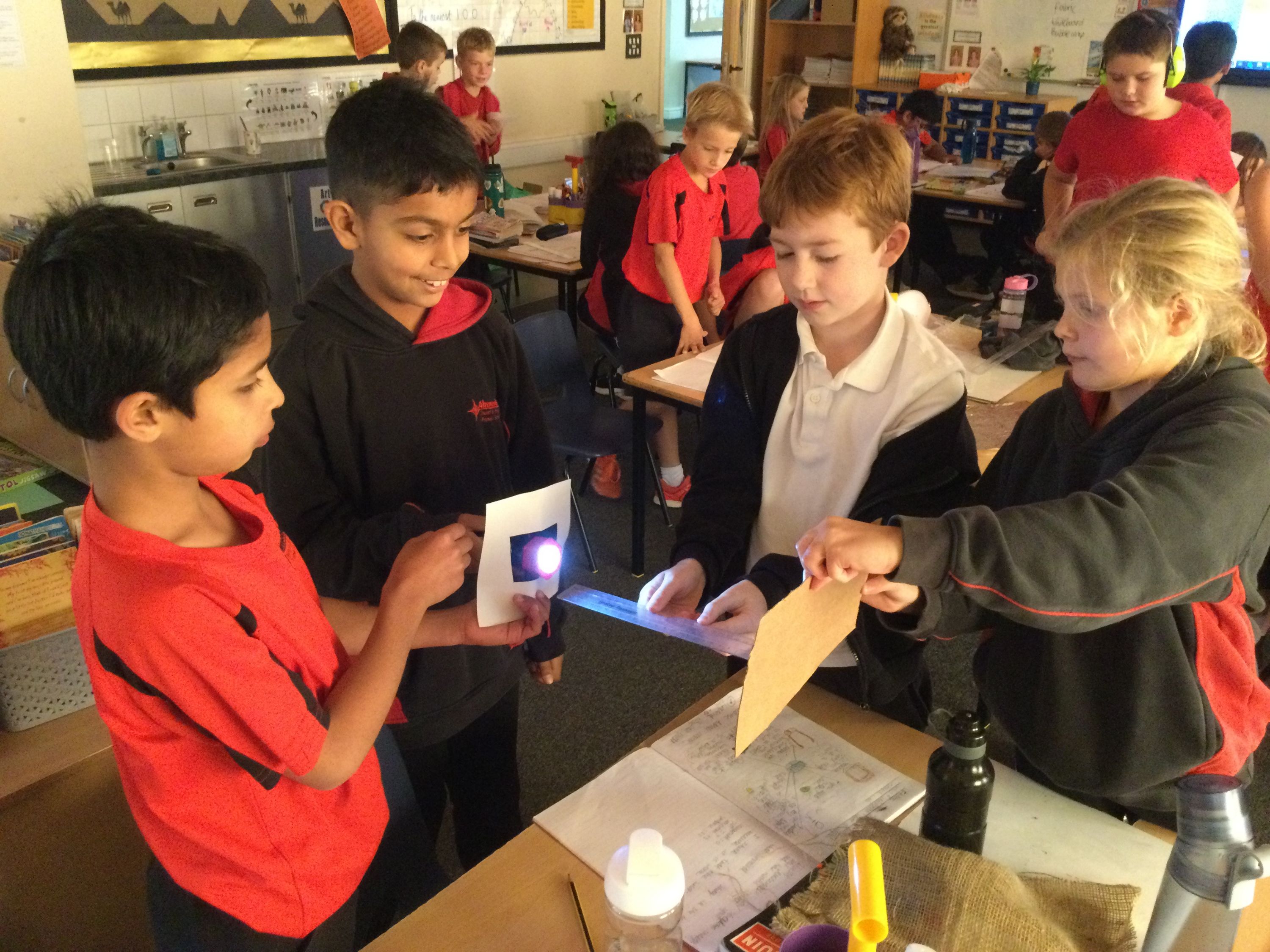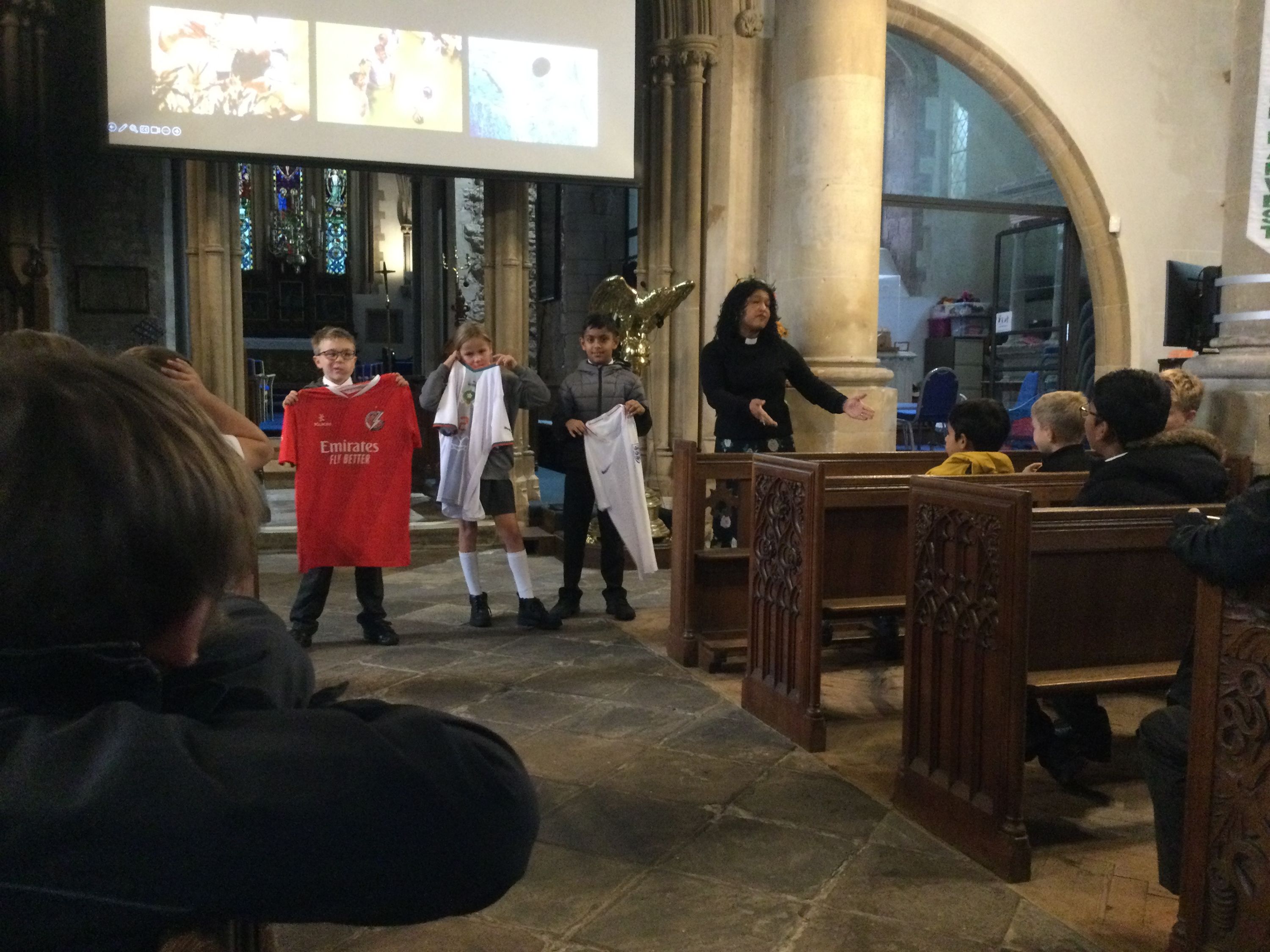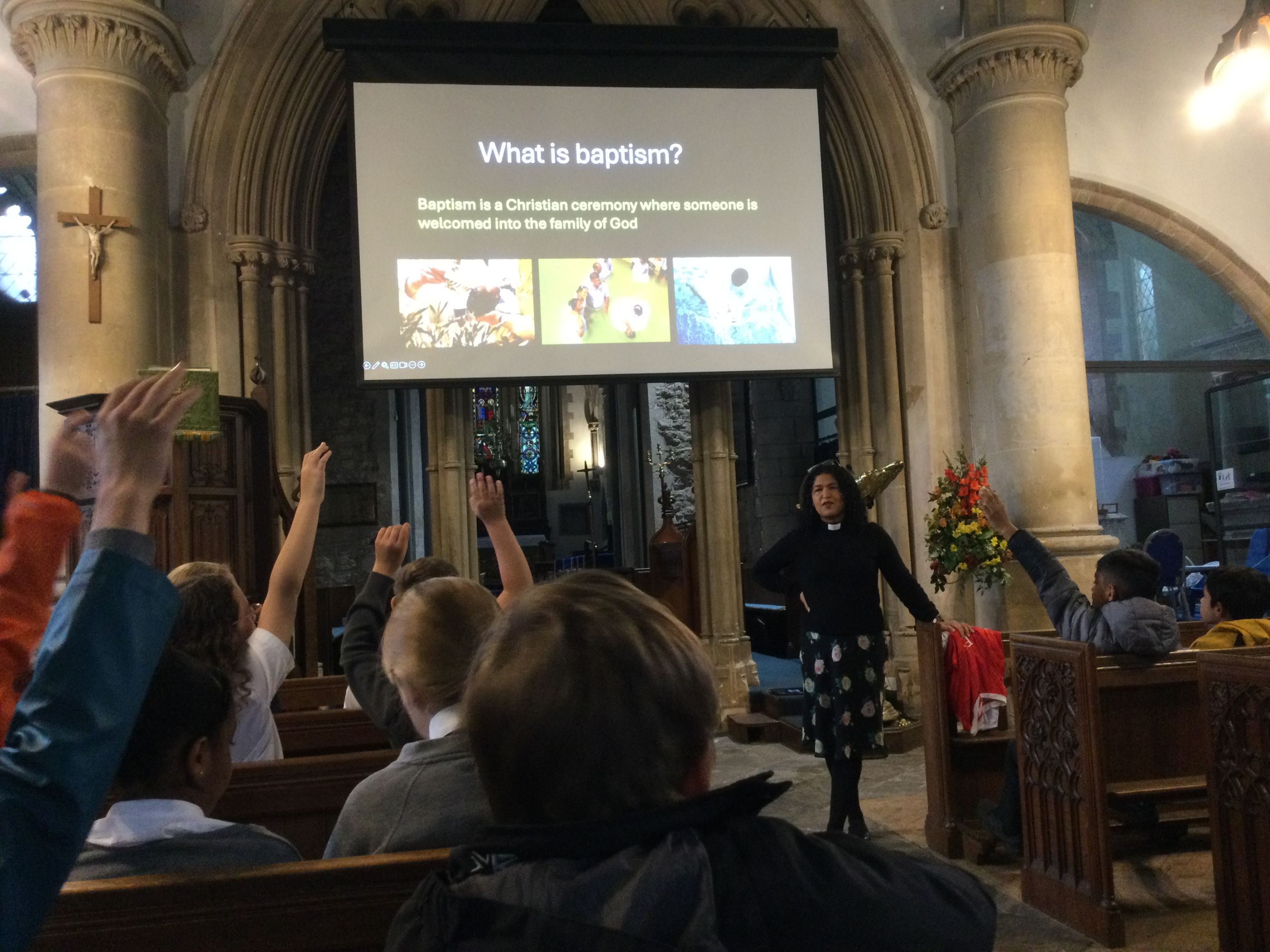Mrs Lansdown's Class
Welcome to our Year 4 class page! We're excited to have you join us on this exciting learning journey. This page will be your go-to resource for important information, updates, and resources related to our classroom. Feel free to explore the page and reach out if you have any questions. We look forward to a fantastic year together!
Class Teacher - Mrs Lansdown
lauren.lansdown@almondsburyprimary.co.uk
Supported by - Miss Ivory & Mr Evans
Term 3&4
Tuesday - Forest School
Wednesday - P.E
Topic
Our topic in the Autumn term will be based around Natural Disasters.
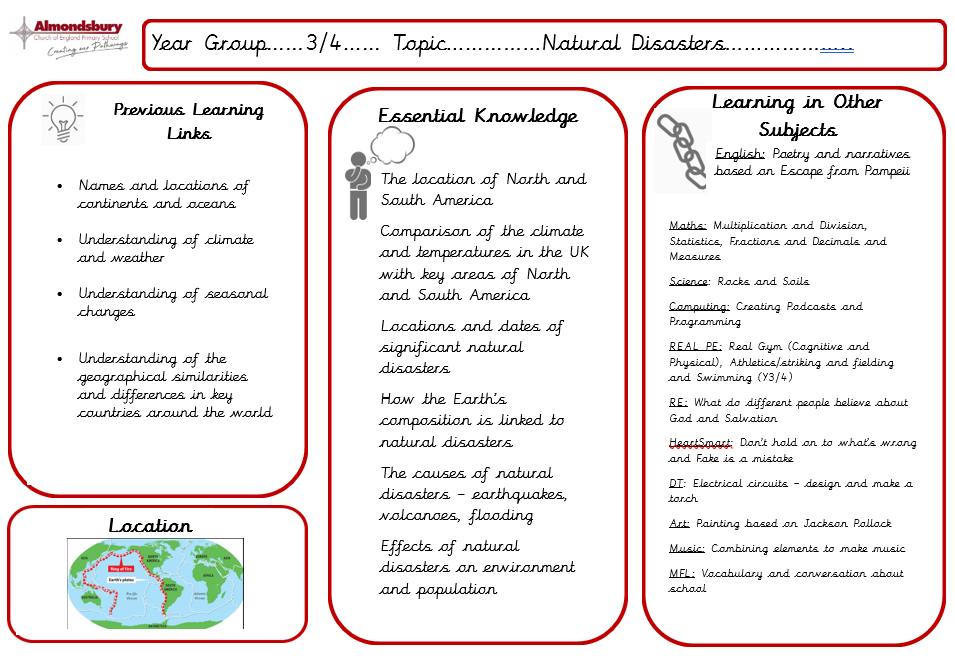
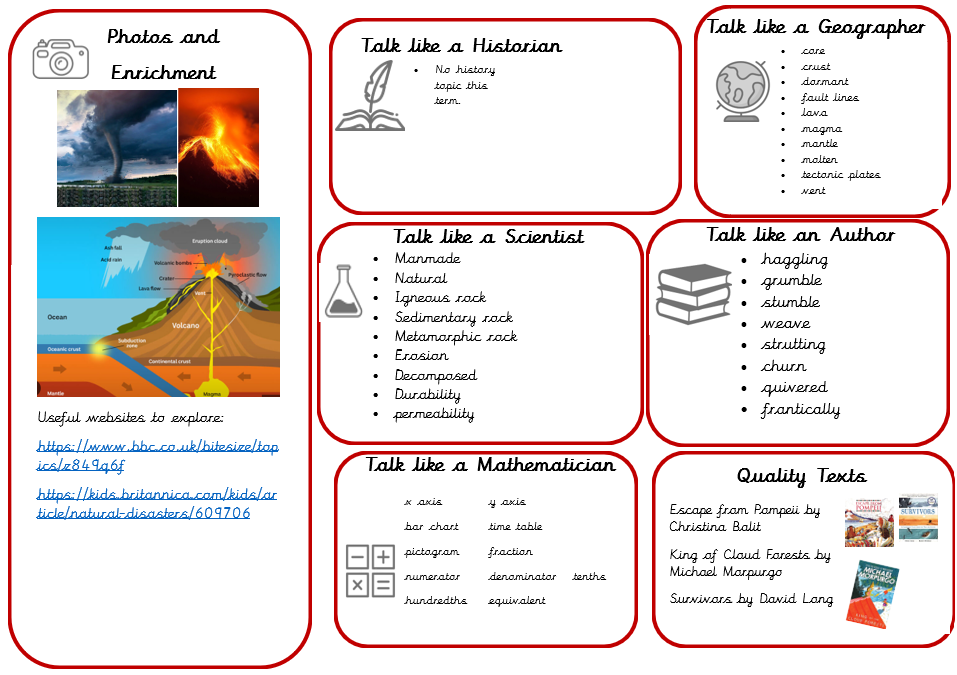
Term 1&2
Tuesday - P.E kits
Friday - Swimming bags (beginning w/c 9th September)
The 'Meet the Teacher' event will take place on Tuesday 10th September 3.30-4.30pm.
WELL-BEING
The first fortnight of school will have a focus on Wellbeing and Mental Health. . The children will be participating in lots of creative activities which will help them to express themselves and discuss their feelings.
Topic
Our topic in the Autumn term will be based around the Ancient Egyptians.


Talk like an author...

ENGLISH
As part of our Wellbeing fortnight, for English, we will be focusing our work around the book 'The Mousehole Cat' by Antonia Barber. This lovely book will give the children the opportunity to demonstrate their writing and reading skills and will link well to our focus on Wellbeing.
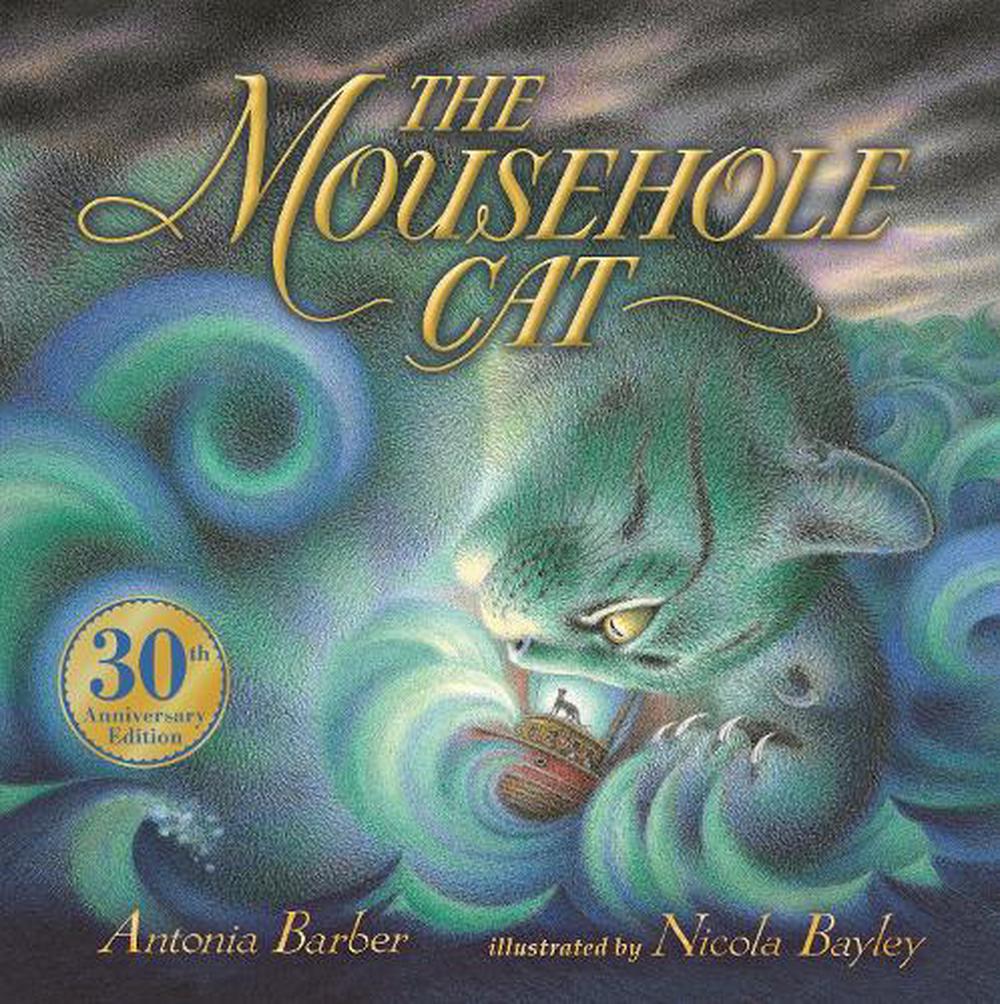
After completing a lovely unit on the book 'The Mousehole Cat' we will be reading the wonderful book 'The Egyptian Cinderella' by Shirley Climo.
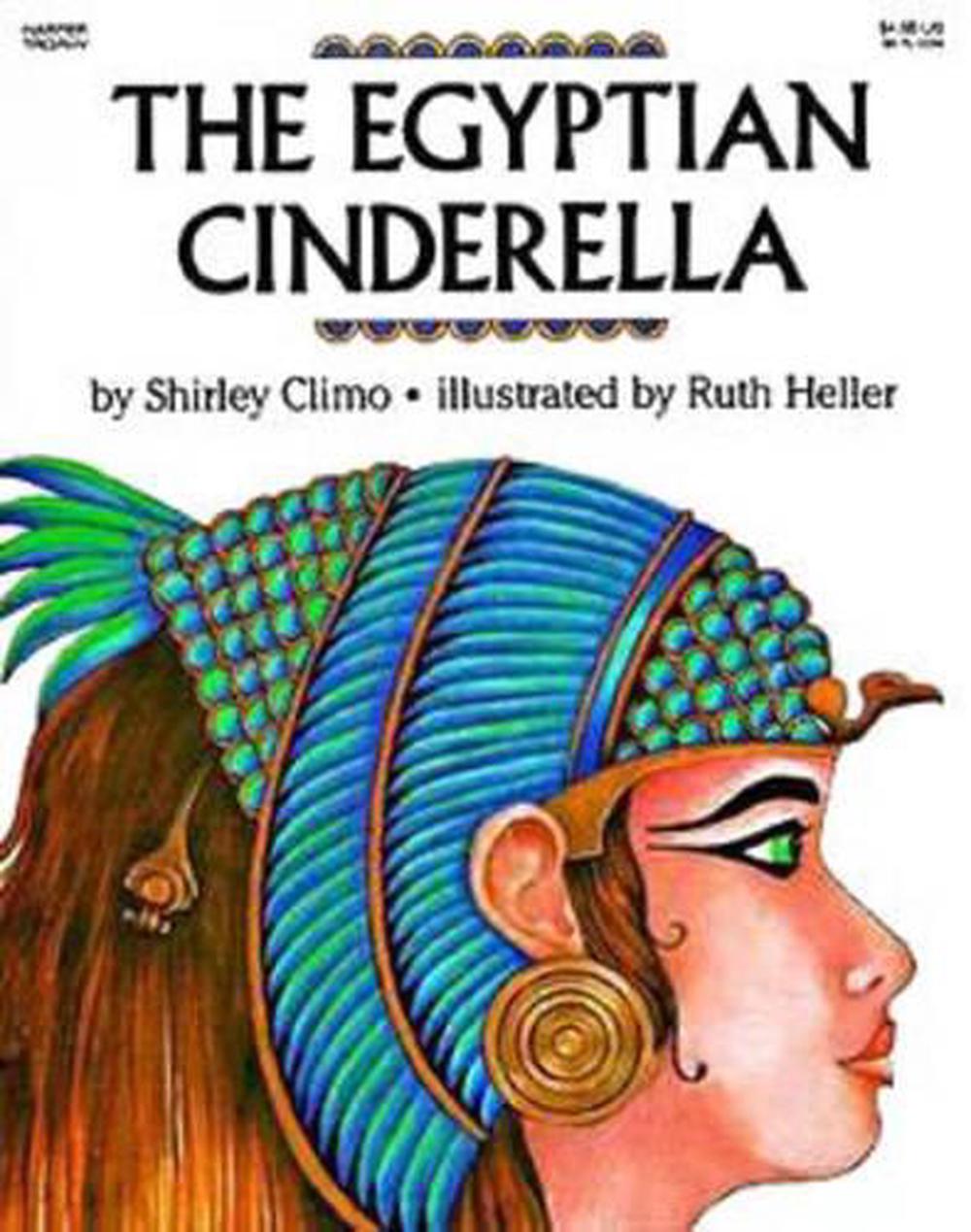
MATHS

Multiplications
Learning multiplication in Year 4 is crucial for several reasons:
- Foundation for future maths: Multiplication is a fundamental building block for more advanced math concepts like division, fractions, decimals, and algebra. A strong understanding of multiplication will make it easier to grasp these topics later on.
- Mental maths skills: Knowing multiplication facts helps children solve problems quickly and mentally, which can boost their confidence and improve their problem-solving abilities.
- Everyday applications: Multiplication is used in many everyday situations, such as calculating prices, measuring quantities, and understanding proportions.
- Problem-solving: Multiplication can help children develop logical thinking and problem-solving skills.
- Preparation for standardised tests: Many standardised tests, such as the SAT, include multiplication questions. A solid foundation in multiplication can help students perform better on these exams.
Here are some fun and effective ways to help your child learn their times tables:
- Play Times Tables Rock Stars: The Garage mode in this game is a great way to practice facts and get immediate feedback. Use a times tables square to double-check answers.
- Sing times tables songs: There are countless songs available online or in books. Sing along during car rides, bath time, or any other free moments.
- Practice chanting: Recite times tables forwards and backwards, gradually increasing speed.
- Offer plenty of praise: Positive reinforcement can go a long way in motivating your child.
- Write out times tables creatively: Try making flower petals, playing "teacher and student," or hiding facts around the house for a treasure hunt.
- Get physical: "Paint" facts with water and a paintbrush or write them in giant numbers with chalk.
Remember, learning times tables should be a fun and enjoyable experience.
Times Table Rockstar Launch Day

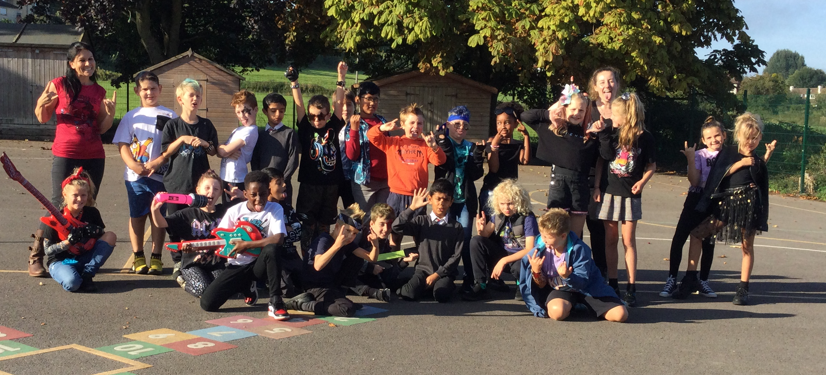

Science

This term our topic is 'Light' - last week we completed an experiment to see what the best 'Retro Reflective' material would be on a book bag to help a company keep children safe. Please see below for photographs of our experiment taking place.
R.E
Our key skills focus this term is linked to the topic 'Trinity':
- Identify the difference between a ‘Gospel’ (which tells the story of Jesus) and a letter.
- Offer suggestions about what texts about baptism and Trinity might mean.
- Give examples of what these texts mean to Christians today.
- Describe how Christians show their beliefs about God the Trinity in worship and the way they live.
- Make links between some Bible texts studied and the idea of God in Christianity.
- Express some of their own ideas about what the God of Christianity is like.
Our visit to Almondsbury Church to find out what baptism means.



